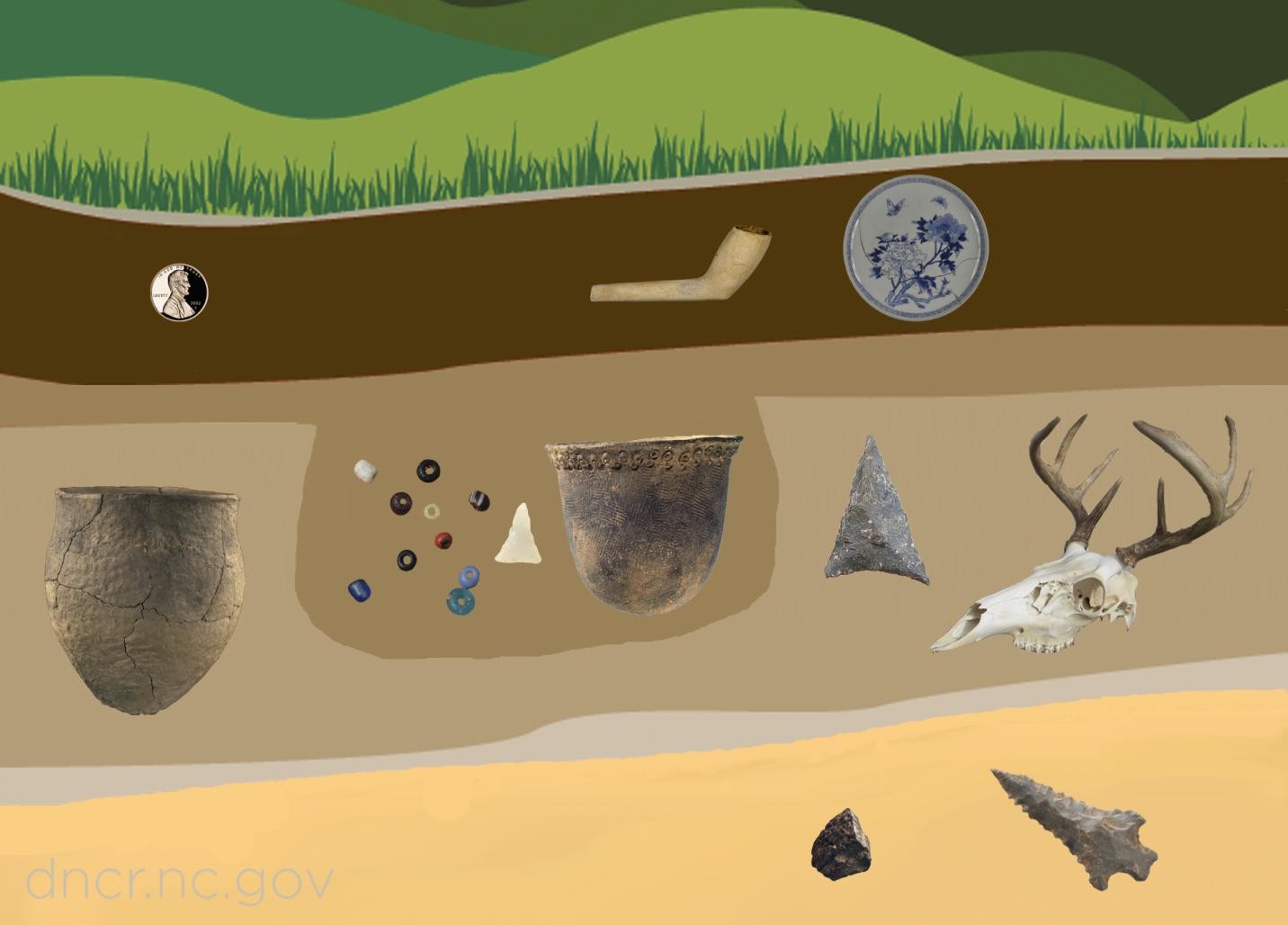Imagine trying to piece together a story where the chapters are all mixed up. It would be confusing, right? In archaeology, we face a similar challenge. We uncover pieces of the past, and to understand the story they tell, we need to put them in the correct order in time. This process of figuring out the age of objects and placing them chronologically is known as dating. Think of it like creating a timeline or calendar for the past.
Archaeologists use different methods to date artifacts and sites, and these broadly fall into two categories: comparative dating and absolute dating. Comparative dating, also known as relative dating, is all about determining whether something is older or younger than something else, based on their relationships. It’s like saying, “This is older than that,” without needing to know the exact age.
One of the main tools in comparative dating is stratigraphy. This principle, borrowed from geology, tells us that layers of soil are deposited over time, with newer layers forming on top of older ones. Therefore, if we find artifacts buried in deeper layers of soil, we can infer that they are generally older than artifacts found closer to the surface. For example, in the image above, items like the penny, pipe, and plate found in the topsoil layer are younger than objects discovered in the layers beneath them. Comparative dating helps archaeologists establish a sequence of events, showing what came before and what came after.
However, comparative dating doesn’t tell us the specific age of an artifact. To find out how old something is in years, archaeologists turn to absolute dating methods. Absolute dating provides us with a numerical age estimate. These methods rely on measuring the physical or chemical properties of an object. A powerful absolute dating technique used in archaeology is radiocarbon dating. This method focuses on carbon isotopes, which are different forms of the element carbon.
Carbon exists in different isotopic forms, all having 6 protons but varying in the number of neutrons. Carbon-14 is a radioactive isotope with 8 neutrons. Living things, both plants and animals, absorb both radioactive carbon-14 and stable (non-radioactive) carbon from the environment through eating and breathing. When an organism dies, it stops taking in carbon. The carbon-14 within its remains, like wood or bone, begins to decay radioactively at a predictable rate. Meanwhile, the amount of stable carbon remains constant.
In radiocarbon dating, scientists measure the ratio of stable carbon to carbon-14 in a sample of organic material. By analyzing this ratio, they can calculate how long ago the organism died, because the decay of carbon-14 is a known quantity. This allows archaeologists to determine when a tree was cut down or when an animal was hunted at an archaeological site. These absolute dates are crucial for building a chronological framework and understanding how human activities and lives changed over time.
The Underwater Archaeology Branch of the Office of State Archaeology used radiocarbon dating to determine the age of two dugout canoes discovered in North Carolina. One canoe, found in the South River, was dated to be between 610 and 670 years old. Another, larger canoe from Lake Waccamaw, was found to be between 910 and 970 years old. Remarkably, the oldest canoe found in North Carolina, from Lake Phelps, is approximately 4,300 years old based on radiocarbon dating!
Dating methods, including comparative and absolute dating, are fundamental to archaeology. They enable us to piece together the past, understand the sequence of events, and explore how human societies have evolved. Even incredibly small components like carbon isotopes can provide answers to very significant questions about our history and how we connect to the past.
Images:
-Stratigraphy. Graphic created by NC Office of State Archaeology.
-Carbon-14 atom. Graphic created by NC Office of State Archaeology
-Lake Waccamaw Canoe. Image by NC Office of State Archaeology
